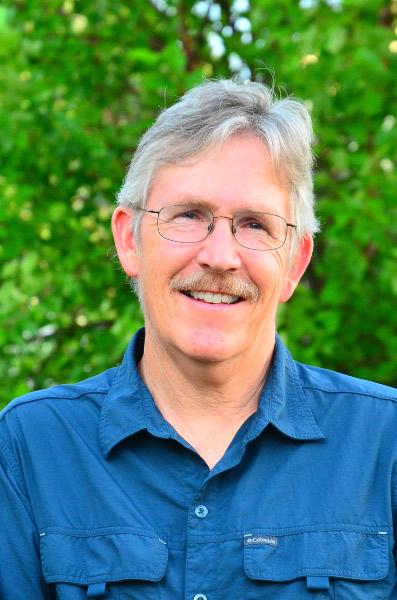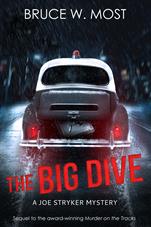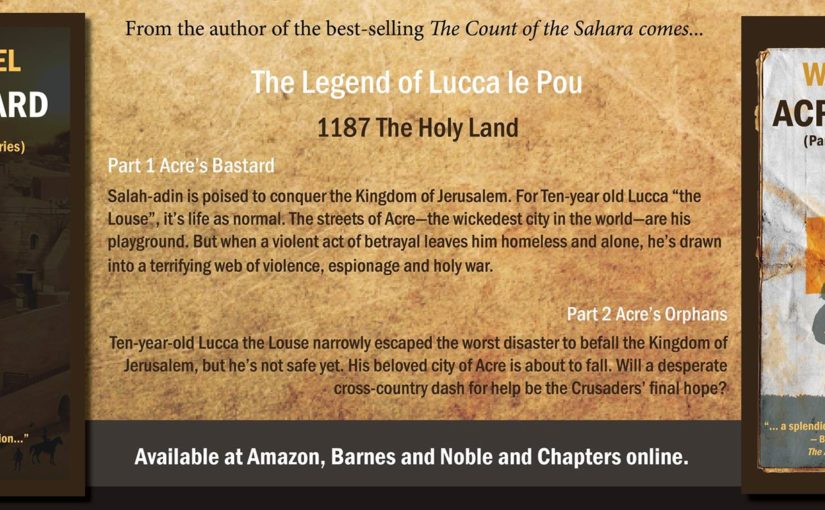As evidenced by the fact that my two most recently published short stories (Los Angeles 1952 and Ava, Lana and Old Bob Campbell) were set in the 1950s, it’s clear I have a fondness for that time period. Especially the whole post-war existential angst thing that made detective stories so fabulous. Now, the first place you think of when the subject comes up is probably NOT Denver, Colorado, but that’s the setting for Bruce Most’s mystery, The Big Dive.
Bruce, tell us about yourself.
I like to kill people—well, on paper. I’ve devoured mysteries since I was a kid, feasting on my grandfather’s cheap paperback collection of Perry Mason courtroom mysteries and the greats of the 30s, 40s, and 50s such as Agatha Christie, Ellery Queen, and Dorothy Sayers. My all-time favorite remains Raymond Chandler. (Editor’s note: I read approximately 20 Perry Mason novels as a kid, our house was full of them. An early corrupting influence. Sorry, you were saying…)

I began writing fiction in my late teens and early 20s—sci-fi short stories, mostly—and was paid handsomely in rejection slips. The rejections encouraged me to graduate in journalism and make a less risky, paying career as a freelance writer, seeing print in numerous national publications. I wrote mystery novels on the side. I published my first two with St. Martin’s Press—about a brash, tough woman bail bond agent named Ruby Dark, whom I still love. Along with my Joe Stryker novels I’ll discuss below, I also published a mystery set in Wyoming ranch country, Rope Burn, with cattle rustling and murder. And surprise, not having written short stories since I was young, I recently saw my first short story in print in Mystery Weekly—The Dead Man in the Pearl Gray Hat.
What’s The Big Dive about?
The Big Dive is the sequel to my award-winning mystery Murder on the Tracks. It’s set in 1951 Denver. My protagonist, Joe Stryker, is a Denver street cop. His patrol partner is murdered almost before his eyes—the second partner he’s lost in the line of duty. Beyond his emotional trauma, Joe faces two baffling questions: How did the killer pull off such a brazen murder and escape? And why was his partner—a man so by the book that fellow cops scornfully nicknamed him “Saint Benedict”—murdered while burglarizing a pawnshop?
But finding the answers is complicated. To protect his dead partner’s reputation—and save his own career—Joe lies to investigators and his wife as he operates in the shadows to discover the truth behind the unexplainable. All while dodging a homicide detective hell-bent to pin the crimes on Joe. His investigation leads him to a ring of dirty cops and deep secrets going back to the unjust Japanese-American relocation camps of the war. Before Joe can answer the baffling questions and track down the brutal killer, he must risk his career, his marriage . . . and his life.
What is it about that time period that appeals to you?
As I mentioned, Raymond Chandler is my favorite mystery writer and I’ve always loved the 1940s hard-boiled gumshoe settings with the snap-brim fedoras and dark streets. I set the two Joe Stryker novels in the late 1940s and early 50s as a homage to Chandler. Also, I was intrigued with the tumultuous cultural and economic changes in post-World War II, exemplified in Joe’s difficult relationship with his wife.

Totally unfair question, what’s your favorite scene in the book?
That’s like asking who’s my favorite child. But if I must . . . There’s a scene where Joe travels to the ruins of the Japanese-American relocation camp in southeastern Colorado (a real location). He finds key evidence there for solving the crimes. But the scene also paints a portrait for Joe and the reader of the heartbreaking and shameful internment of Japanese-American citizens. I find it an affecting scene.
Where can people learn more about you and your work?
The Big Dive and Murder on the Tracks are available in ebook and print on Amazon, as are my other mysteries. My website www.brucewmost.com includes links and excerpts of all my mysteries. Readers also can check out blogs about The Big Dive book at https://www.brucewmost.com/blog. They also can find me on Facebook, Twitter, Instagram, and LinkedIn.
We interrupt this interview for a shameless plug. Acre’s Orphans has won a much-coveted “Discovered Diamond” award for historical fiction. You can read the review here, or just take my word for it and buy the book. Of course, for all my books there’s my Amazon Author Page.

